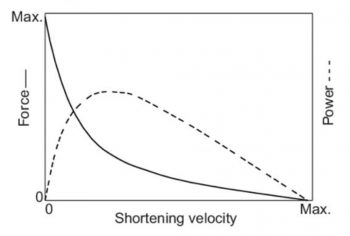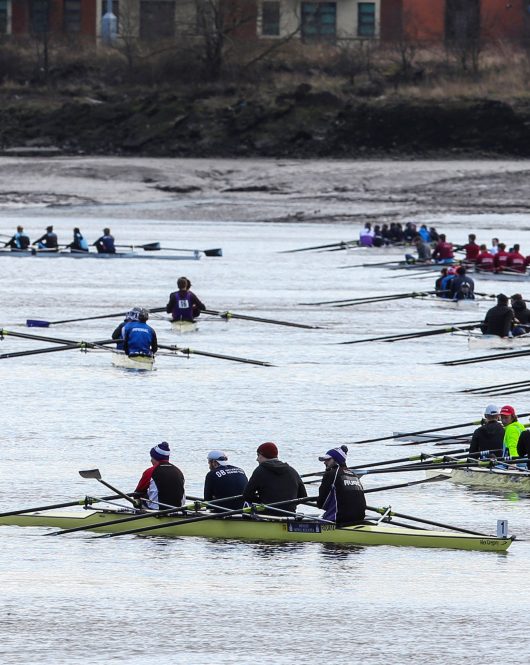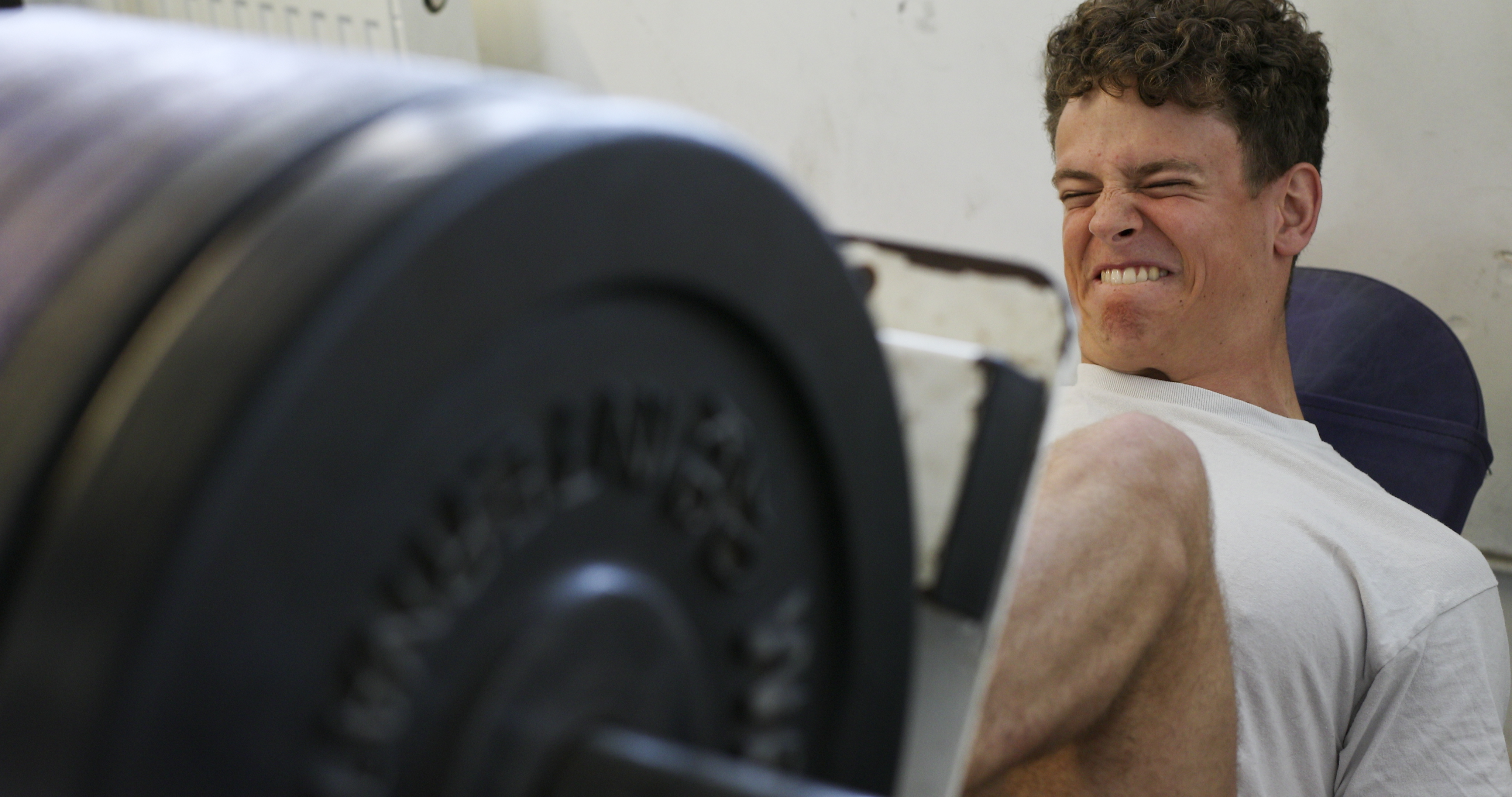Power definition in sport is a hot topic. Having a grasp of the subtle but profound differences between power, strength and muscular endurance will better equip you on how to write and deliver your training programme.
All athletes produce power in order to perform, but the rate and duration of that power delivery impact it’s definition.
Dr. Mark Homer goes into some detail outlining the differences between these themes and some practical ideas on how to do things better.
The term Power is used in sport by competitors, scientists, commentators, and armchair pundits alike. Phrases like “they can’t deal with his power” or “that’s a phenomenal power output” are used across the sporting spectrum. But what does it actually mean? The term Power is used in sport to represent a variety of actions, can all these different uses be correct? What do we actually mean when we use the term power? This article aims to explain the different ways of defining power, depending on the situation. It will discuss the factors that contribute to its production, including sporting examples; and the ways in which it can be measured and improved.
Power Definitions in Sport
Power in its simplest form is the product of force multiplied by distance, divided by time. In a sporting context, force can be substituted for strength, and time/distance indicated by the speed of movement. Power is important in sport because it is a reflection of the body’s energy production, applied to generate output of some kind – from a pedal revolution to a vertical jump. Power output is the key element in most athletic activities, and generally means the same thing, but the way power is applied differs depending on the sport and its requirements. How power is interpreted is largely dependent on the type of sport and the duration of the action being discussed.
Power output can be mechanical, e.g. when applied to pedals, and accurately quantified (in watts) to reflect how hard an athlete is working. Other actions that do not rely on the transfer of input to equipment like running, jumping and throwing are more complicated to assign power values too, and require more specialised equipment such as force platforms and position transducers to predict power based on the application of force and speed of movement.
Comparisons of power output between different sporting actions are meaningless as the measurement of internal energy production for throwing, jumping and running (for example) is not possible. Variables such as duration, resistance and muscle group utilisation all contribute to the output that is possible. What we can do is provide arbitrary power classifications to actions, Throws and jumps require explosive power, Sprint events require high power outputs for short periods of time, and endurance events are more dependent on maintaining a relatively low average power output for much longer durations.
Power in Endurance Events
To a cyclist or rower, power is the result of metabolic energy applied to produce a mechanical output. This application of this energy to turn pedals or move an oar is predominantly derived from the aerobic energy system, the characteristics of which include sustained but limited yield. Much of the apparatus to produce this ‘type’ of energy is found in slow-twitch muscle fibres and reliant on the delivery of fuel and oxygen. The importance of power output in this sense is relative to the task at hand.
Consider the riders in a Grand Tour. Over the course of a five-hour stage, a cyclist might produce an impressive average power of 200 watts. During a mountain stage such as the famous Alpe d’Huez, a climber like the 2019 Tour de France winner Egan Benal, will likely expend over 7 watts per kilogram of body weight (350W average) attempting to put time between him and his opponents for 40 minutes. A sprinter, like Mark Cavendish, relies on his ability to produce a peak power of 1500W watts during a stage finale for approximately 10-15 seconds. These contrasting examples highlight the different ways in which power can be applied to produce different but equally impressive outcomes.
Power in Explosive Events
The most common use of the term power is as a component of strength and it is this intended explanation of power that we will focus on here, as it has caused the most confusion in the field. Power in this sense is the ability to transform physical energy into force at a fast rate, with emphasis placed on the speed of the action. Such actions require high yield, short duration energy production that is reliant on anaerobic energy systems and fast-twitch muscle fibres.
Launching a javelin or clearing a 2 metre bar require the rapid development of force. Team sports such as rugby, football and hockey have complex demands and require players to perform explosive actions during key periods of play, with a foundation of endurance that allows for repeated delivery during the course of a game. Jumping, tackling, and striking a ball can all be considered powerful skills that contribute to the outcome of games.
Training for Power
The force-velocity relationship (often visualised graphically as a curve, see figure 2) is a useful tool to describe the interaction between strength and speed of a movement. It explains the inverse relationship between factors that contribute to ‘power’ and is key to improving performance. An easy way of experiencing this relationship is by jumping on a static bike that provides a measure of output – probably power. Select the highest possible gear or resistance setting and aim to produce 100w while making a note of your cadence. Now reduce the resistance and note how much higher your cadence needs to be in order to achieve the same wattage. This is the force-velocity relationship, the same power can be produced using different tactics – high force, low cadence (or speed) and low force, high cadence.
Power training involves the development of force, velocity or both to shift the force-velocity curve to the right – more force for a given velocity, or the same force for a lower velocity. Let us look at these determinants in more detail to understand the different ways in which this is possible.

Figure 2 The Force Velocity Curve, Lindstedt (2016) (Adapted from Hill (1950)
Muscular Strength Definition in Sport
Muscular strength can be defined as the ability to exert force in order to overcome resistance. Besides the ability to produce force, increased strength is crucial in developing stability, reducing the risk of injury and increasing bone density to name a few. There are few sports that rely on strength alone for success. While the purest of weight-lifting exercises like bench press or dead lift require maximal force at a low speed, all Olympic events rely on the combination of strength, speed and technique to deliver lifts such as the Clean and Jerk or Snatch.
How is muscular strength measured?
Muscular strength has been traditionally measured by the completion of one repetition maximum (1RM) lifts in classic exercises. This is a simple and repeatable method and a useful way of isolating key components of more complex sporting actions. It is now more common for maximum strength to be ‘calculated’ from, for example, a 3RM where the injury risks are reduced, and good form can be maintained. However, this test has limitations in its application to sporting performance. Specificity of movement is crucial when measuring the determinants of a sporting action and not many events include a bench-press movement for example.
How to improve muscular strength
An increase in muscular strength involves the periodisation of training through the manipulation of intensity, volume and frequency. The details of such programmes are beyond the scope of this article, but the fundamentals of increasing strength (as opposed to, for example, muscle size or hypertrophy) rely on the progressive overload of muscle fibres. This typically involves 3-5 sets of 5 or less repetitions at 80-90% of maximum strength, conducted 3-6 times per week although the interaction of these variables is largely contested in the literature and in practice. This stimulus evokes muscular, neurological and hormonal adaptations that, given adequate recovery, result in the ability to generate more force on subsequent occasions.
Referring back to the force-velocity curve we discussed earlier, strength training targets the left side of the graph where the maximum amount of force generated is visualised. Increases here change the shape of the subsequent curve and influence power production at a given velocity.
Movement Velocity Definition in Sport
Speed, or velocity is the distance travelled per unit of time. When discussing speed in this context we are not referring to the time it takes to run from A-B, rather the time it takes to move the limb(s) acting against a resistance to produce power. As described in the force-velocity curve, the greater the resistance (or force) the slower the velocity and vica-versa.
Is movement velocity measured?
Speed in this sense, or movement velocity can be measured through a position transducer – a piece of equipment that records the time taken to move e.g. a bar over a set distance. If the load is known then power can also be calculated from these increasingly reliable units.
How to improve movement velocity
As with strength training, the improvement of movement velocity is dependent on the manipulation of intensity, volume and frequency of exercises in order to increase the stretch-shortening cycle – a spring like movement which involves an eccentric contraction followed by a concentric contraction – beautifully demonstrated by a Kangaroo’s hop. Using resistance that equates to approximately 30% of 1RM and focusing on sport specific actions is crucial in developing this cyclic muscle action, alongside plyometric drills such as bounding or hopping.
Muscular Endurance Definition in Sport
As the length of an event increases, athletes become more dependent on muscular endurance. Again, this is as term that is often related to strength training and reflects the ability to deliver many repetitions, normally at a low resistance.
In reality, muscular endurance is no different to the common understanding of aerobic energy production – the major requirement of endurance sport and our previously explained definition of power used for endurance sports. Running the 10,000m in a world-class 27 minutes at an average cadence of around 190 steps-per-minute requires over 5000 steps. This is muscular endurance. Muscular endurance is important in sport as it provides the energy to sustain a relatively high-power output for the duration of a middle to long distance event.
Some sports rely on both explosive power and muscular endurance. The Mark Cavendish’s of this world need big reserves of both in order to get through a day in the mountains in touch with the peloton, before delivering a 250m maximum effort in an attempt to win the stage. Invasion games such as rugby, football and hockey require players to perform for long durations with intense periods of play where the power requirements are increased. Rowing is a great sport to highlight a combined demand. Termed a strength endurance sport, a rowing race is 2000m in the shortest time possible – depending on the event, approximately 6 minutes. The stroke is highly technical, and reliant on the application of force quickly 250 times. The higher the average power output, the more distance travelled per stroke and an increased chance of winning.
Summary
In summary, the use of ‘power’ in sport has become synonymous with explosive actions. In more recent years, as measurement techniques improve, its use has become part of the lexicon of endurance sports. Regardless of the sport, power is essentially a reflection of an athletes output during an action or event. This may be less than a second and rely heavily on muscular strength and speed of movement, or it may last for hours and be a product of the cardiovascular system’s delivery of oxygen and breakdown of nutrients to produce relatively high sustained output. Either way, power output is key to all sporting actions and its effective delivery is often the deciding factor in competition.
View more content like this

Winning Head Races in Rowing
Getting ready to race takes a lot of practice. Fortunately come head racing season there are a lot of different events where you can practice
How University of London Boat club use Ludum
Getting ready to race takes a lot of practice. Fortunately come head racing season there are a lot of different events where you can practice
Who actually completed the Club Training Programme? Anybody?
Most coaches have no absolutely no insight into what training any given athlete has completed over a season. They could produce a copy of the




